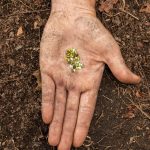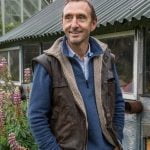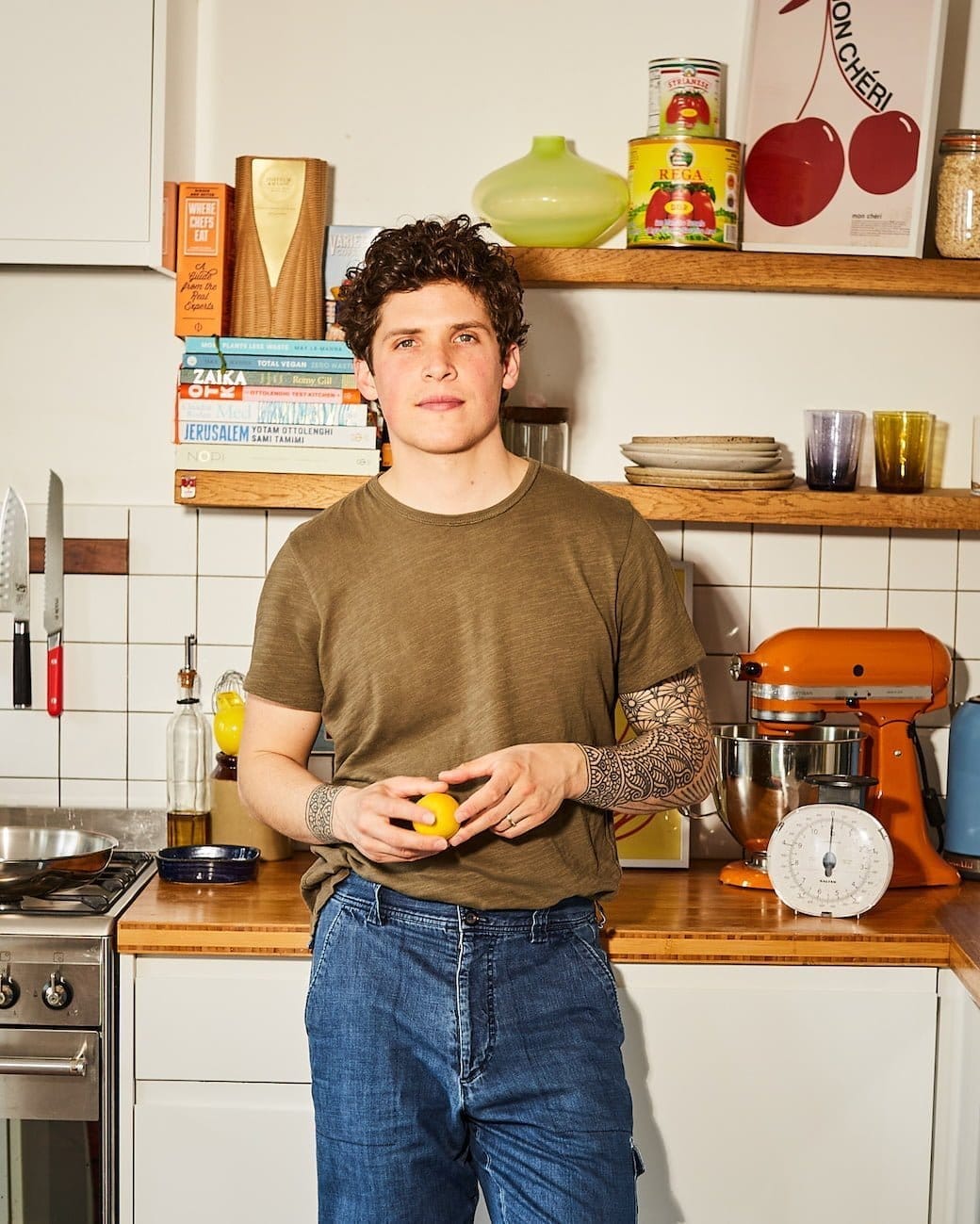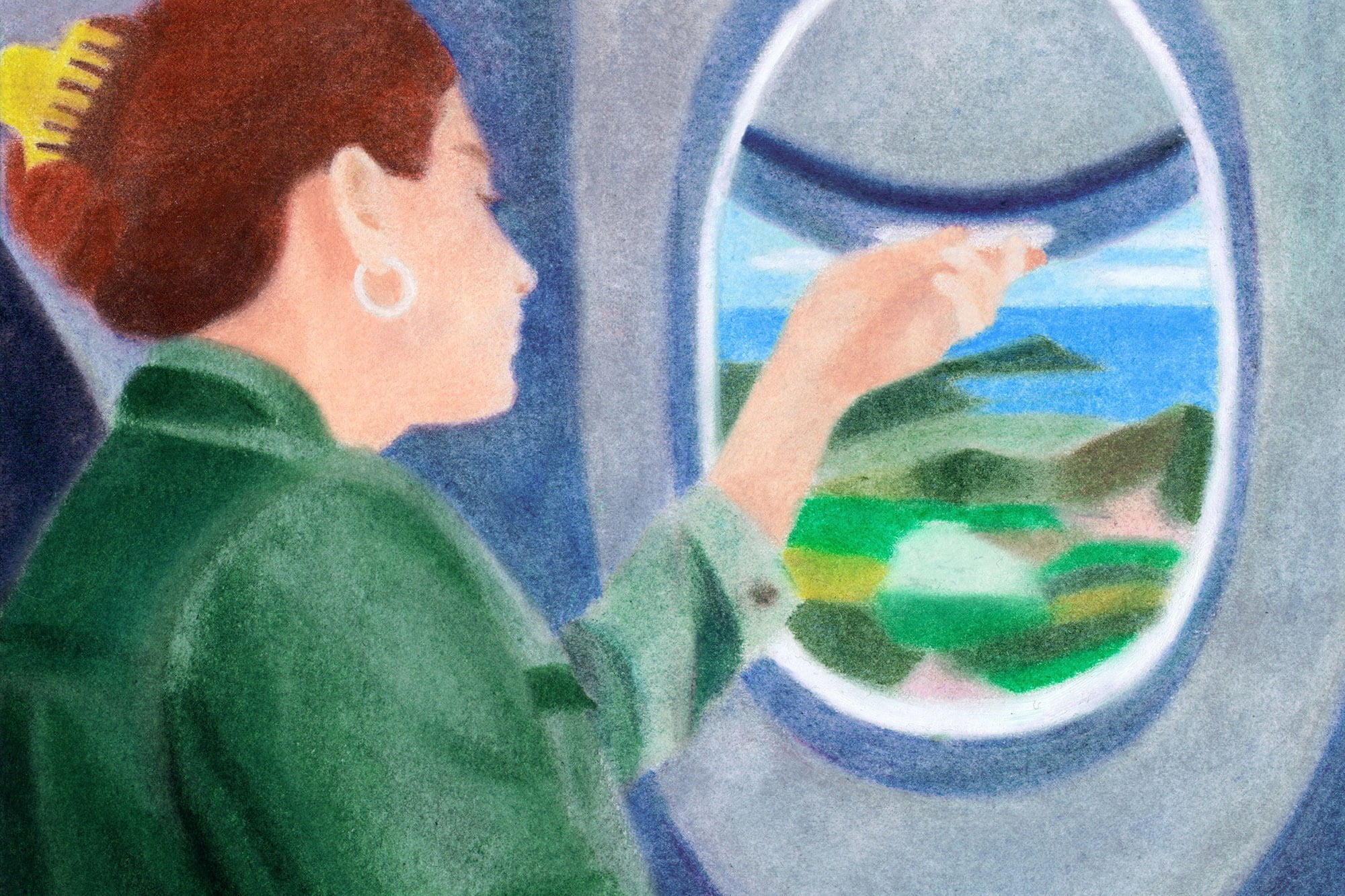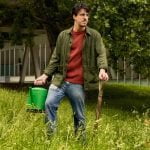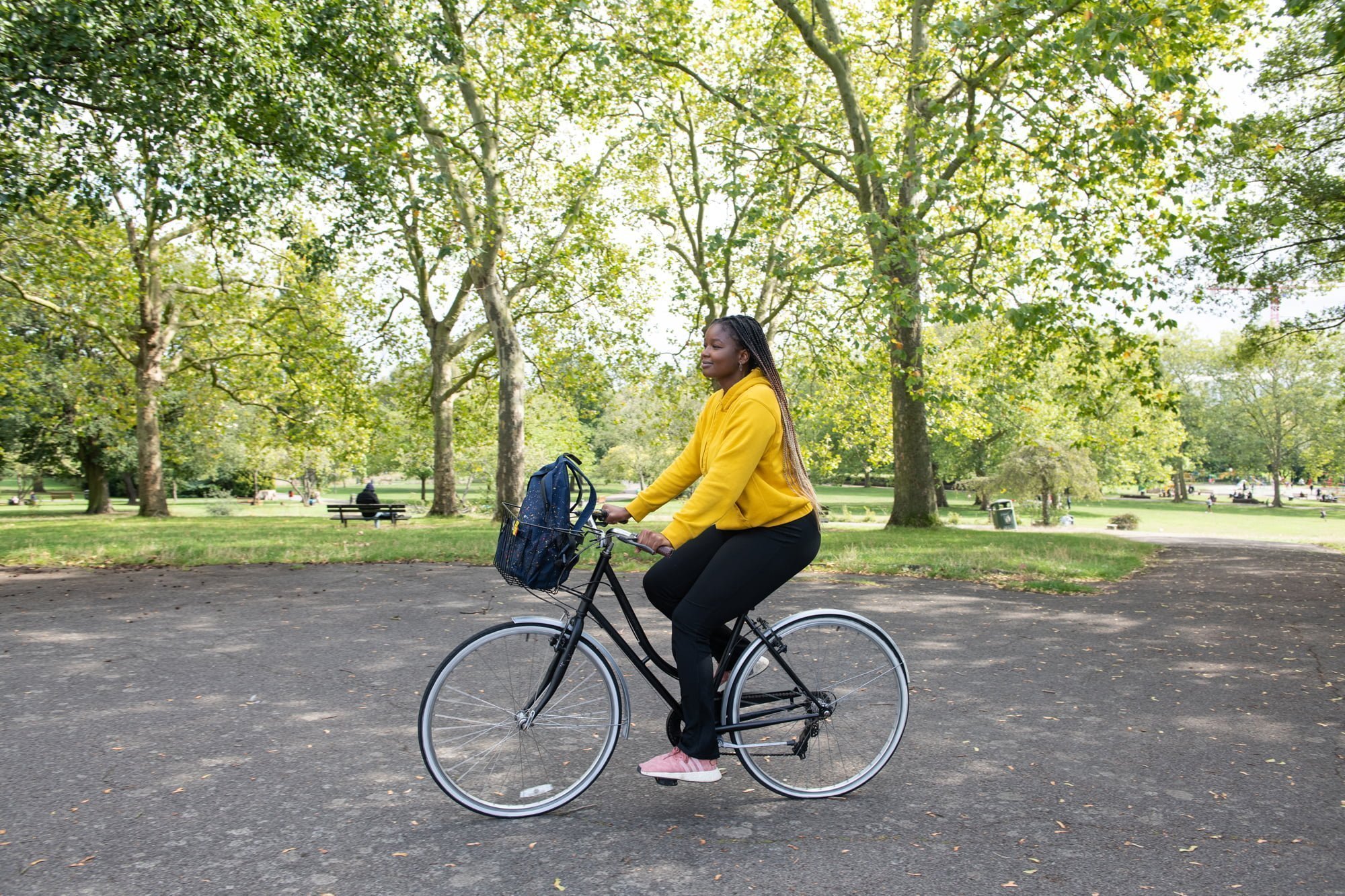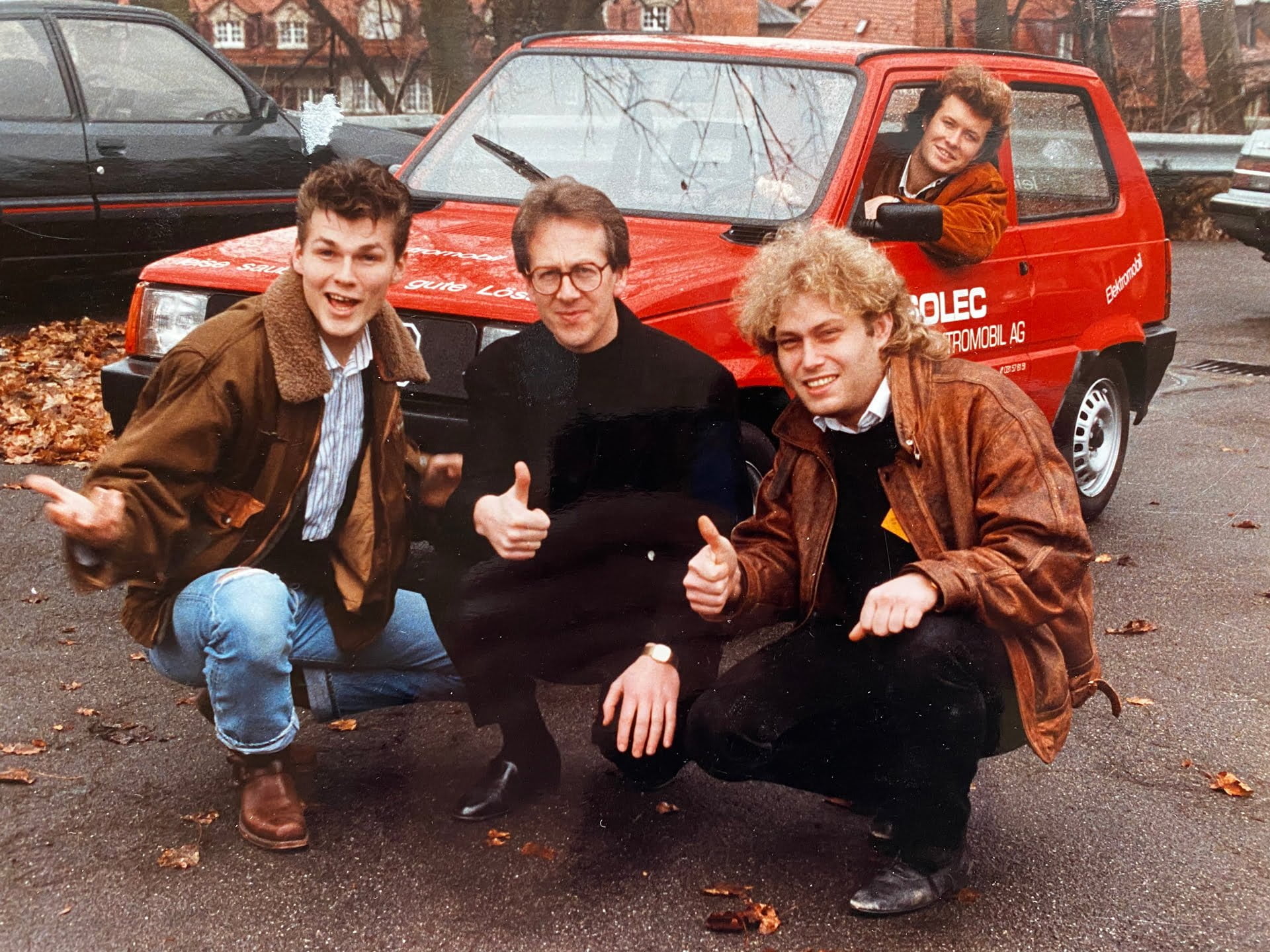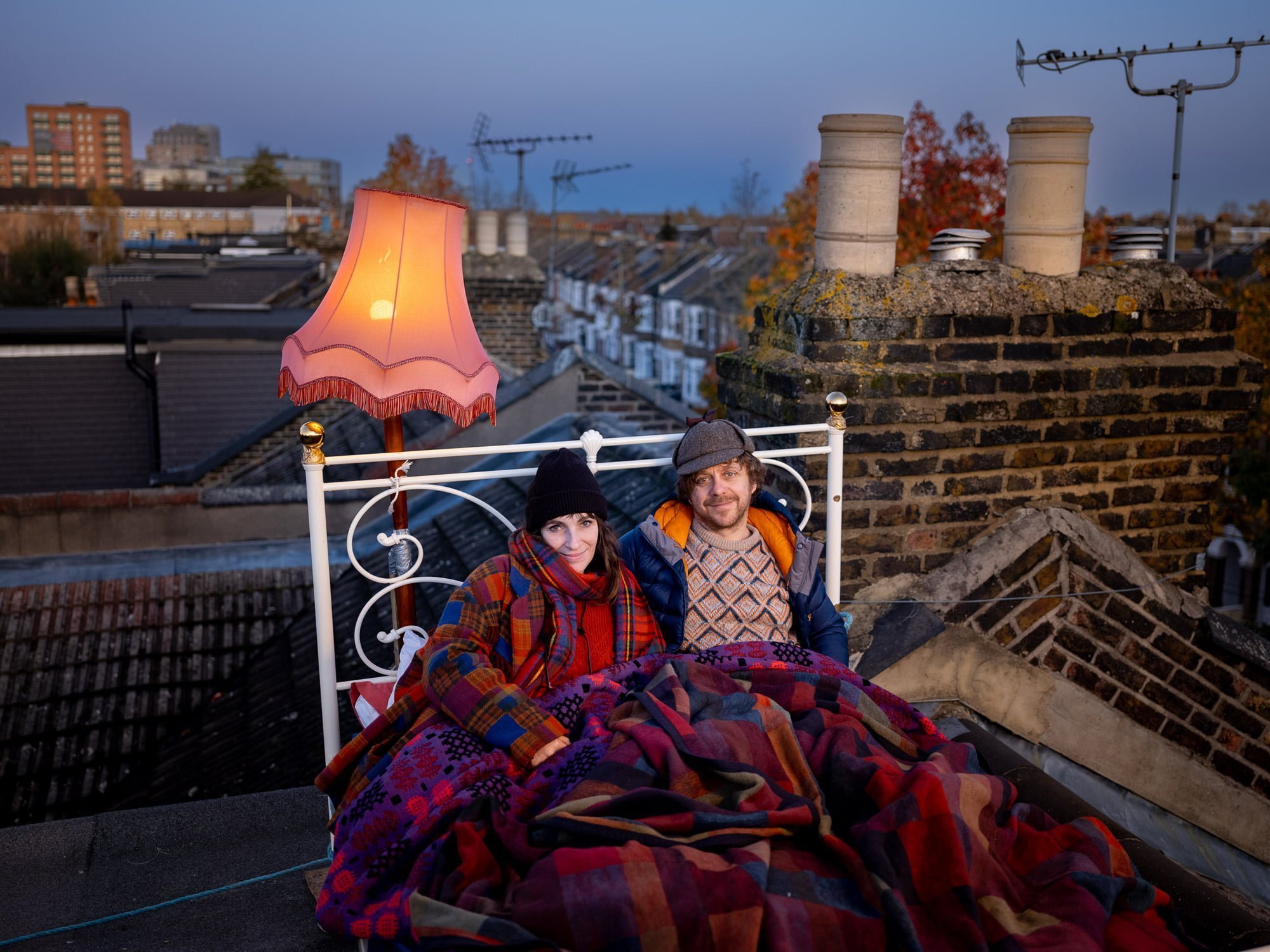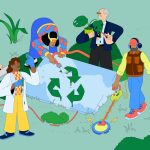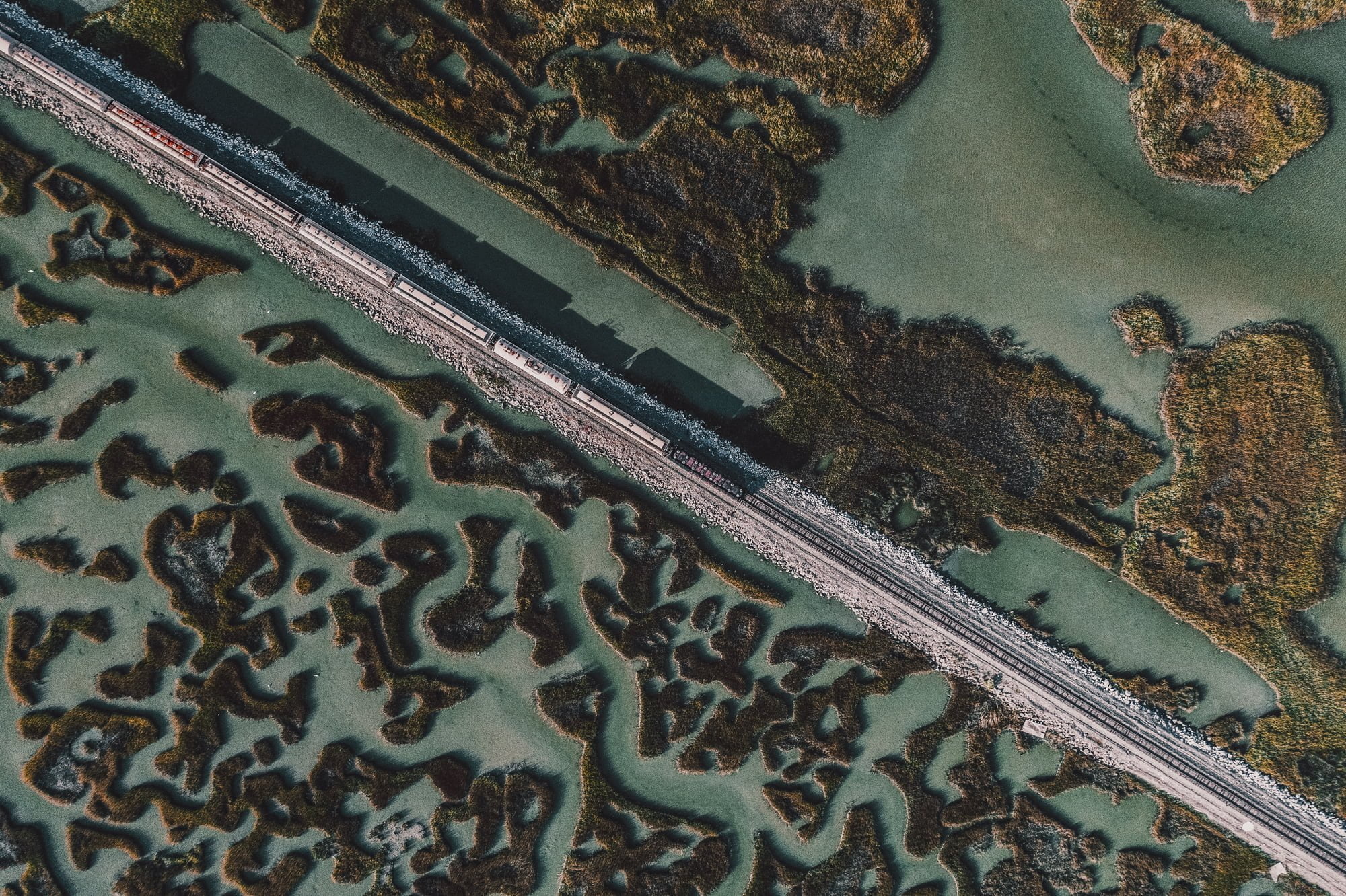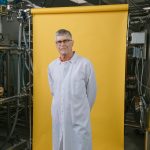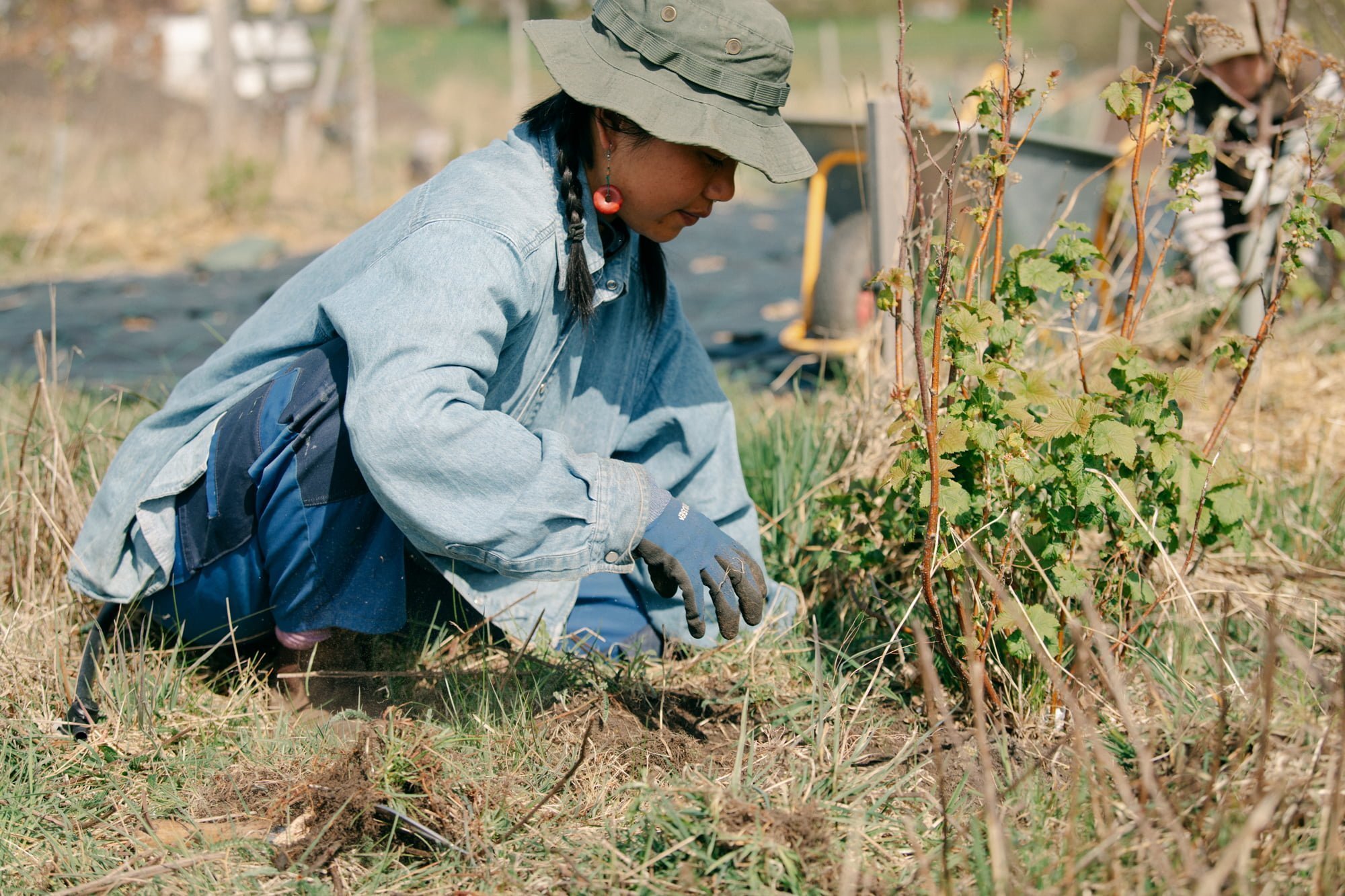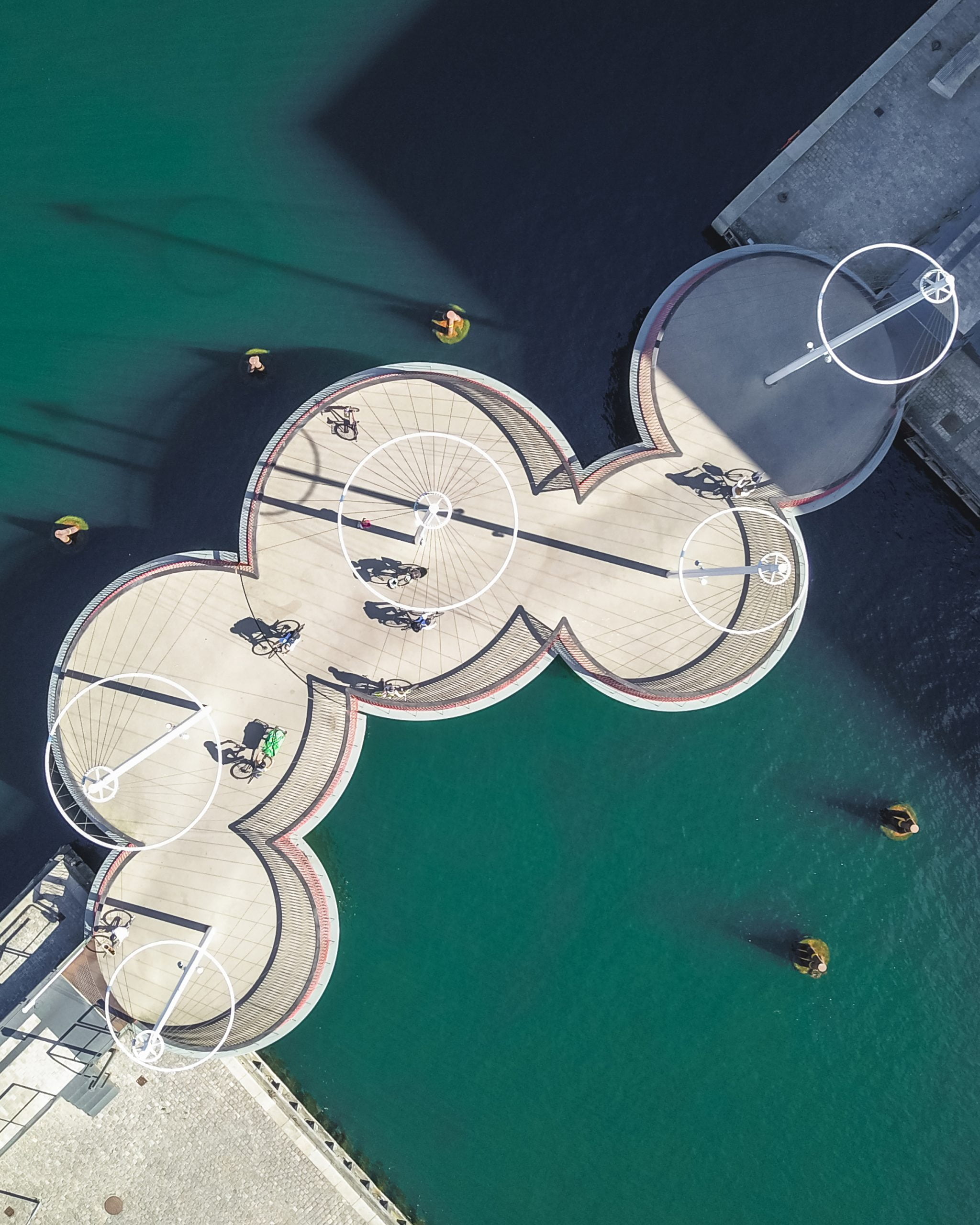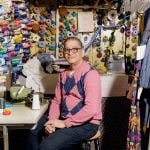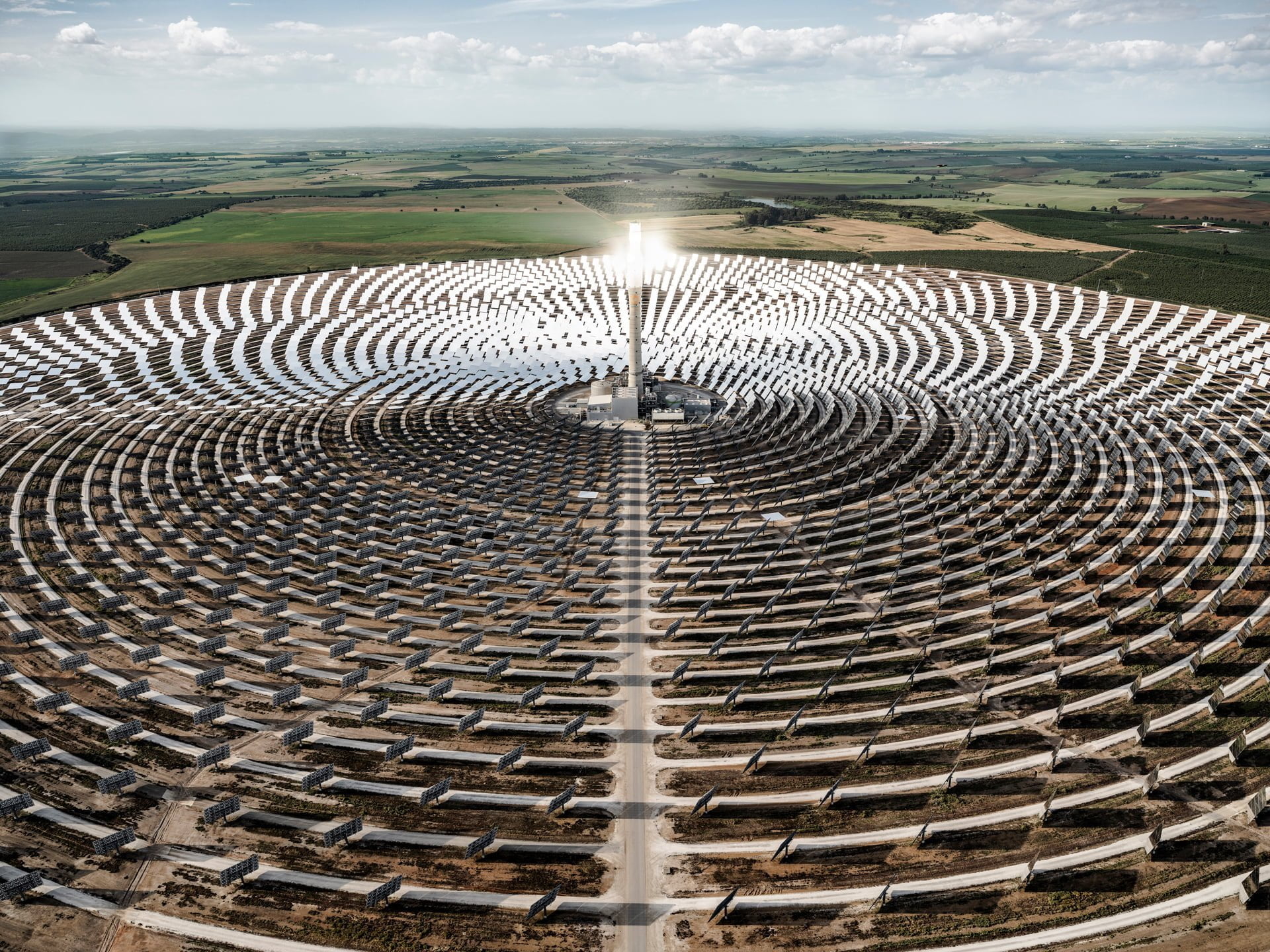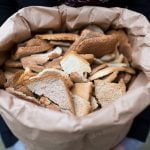Sustainability buzzwords and what they really mean
B Corp
Conventional business wisdom says that you can either make money or do good. But what if you could do both? That’s where B Corps come in. Certified B Corps (the name comes from ‘benefit corporation’) are commercial companies that are committed to using business as a force for good. They are also willing to be independently vetted – in this case by B Lab, the non-profit behind B Corps – to prove it. Companies must meet certain standards of social and environmental performance, transparency and accountability. But where B Corps really stand out is their focus on the triple bottom line: profitability is just as important as people and planet when it comes to measuring success.
Biodegradable
Objects that are biodegradable get broken down naturally by tiny organisms in the environment, and after a few months or years, they’re gone. Some biodegradable items are also compostable, meaning you can turn them into compost. Biodegradable is not the same as bio-based (which just means something is made at least partly from natural materials) or oxo-degradable, which applies to plastics that stay in the environment as microplastics – not good. Check which one of the above we’re talking about before you decide which bin it goes in.
Biodiversity
Picture a rainforest buzzing with the noise of life. This is about the most biodiverse place on Earth. Biodiversity is simply the variety of plants and animals that live somewhere. At the other end of the biodiversity scale from rainforests are agricultural fields that grow just one type of crop (that’s called monoculture), sprayed with pesticides to keep insects away. No diversity at all. If you think that biodiversity doesn’t impact your life, think again. Natural variation is what sustains the ecosystems that we rely on for the food we eat, the air we breathe. But biodiversity is at risk, with thousands of species facing extinction. To maintain it, we must learn to work with nature, not against it. Biodiversity might sound sciency and complicated, but don’t glaze over when you hear it – it’s super important.
Carbon footprint
Your carbon footprint is the amount of carbon (in the form of carbon dioxide – CO2 – or other gases such as methane) emitted into the atmosphere as a result of the things you do: the food you eat, the journeys you take, the electricity you use in your home. Your carbon footprint is a handy way of understanding the impact of your individual choices on the climate. But you’re just one little human, so let’s keep things in perspective. By all means look at how you can get your own footprint down, but don’t let that distract you from the need for bigger scale change to the whole system that all lives are a part of. Governments and big businesses wield huge power to reduce carbon emissions and stop climate change, so when you hear them asking you to count your personal footprint, don’t forget to ask what they’re doing too.
Carbon offsets
You’ll have seen the ‘offset your carbon’ button when booking flights, letting you pay a small amount to compensate for the pollution that comes with flying. The idea is that the money is used to plant trees, buy solar panels to replace dirty energy sources, or something else that either absorbs carbon from the air or prevents it getting there in the first place – making up for the amount your flight emitted. It’s a good thing to do – but it doesn’t get us off the hook on its own. There isn’t space on Earth for us all to plant trees and offset our impact. Even if there were, they take years to grow. Furthermore, not all offsets really reduce emissions, and nobody’s really policing the multibillion dollar offsets market. Done right, offsets are part of the solution. Done wrong, they give polluters a free pass. Buyer beware.
Carbon sequestration
Another way to say this is carbon storage. The carbon that comes from the fossil fuels we burn, and ends up in the atmosphere as carbon dioxide, is what’s heating up our planet. Carbon sequestration just means taking carbon and storing it in nature by planting forests that absorb CO2, farming in a way that keeps carbon in soil, or even cultivating seaweed. Simpler than it sounds, right?
Circular economy
Right now, humans have a habit of extracting materials from the Earth, using them up and throwing away what’s left. In the circular economy, there is no “away”. Everything is reused and made into new things, in a beautiful circle. Circular thinking is transforming how we design things, how we use them and what we do with them when we’re done. It’s one of the big shifts that we need to achieve to make the world fit for the future.
Climate anxiety
Climate anxiety or eco-anxiety refers to fear, anger and powerlessness related to climate change. It is a totally rational psychological and emotional response to the range of environmental crises we face. If you feel this way, you are not alone. Climate anxiety is increasingly common. While established methods of dealing with anxiety can help, talking out your emotions with friends, family or a therapist can address the specific worries stemming from awareness of a warming planet. Climate anxiety can also be a powerful motivator for positive action, with knock-on benefits for mental health.
Climate art
When was the last time you were inspired by some data? Unless you are a data analyst, the answer is probably never. While we need rigorous research and scientific facts to understand the climate crisis, numbers aren’t always the ideal way to present the problem or inspire solutions. Climate art aims to bring about change by engaging with our creative, imaginative side. One of the goals of climate art is to raise awareness of the climate crisis, often in ways that touch us emotionally. Another is to spread a message or spark action. At its best, climate art – from photography to music to literature – brings climate science to life through sensory experiences.
CO2 and CO2e
CO2 is the chemical name for carbon dioxide, the greenhouse gas that is the main cause of climate change. But carbon dioxide isn’t the only greenhouse gas – there are others such as methane and nitrous oxide. They all affect the atmosphere in different ways, so to make it easier to measure emissions, we talk about “CO2 equivalent” or CO2e, which means the amount of CO2 in kilos or tons that would have the same effect as whatever gases were actually emitted. The world emitted 41.3 gigatons of CO2e in 2022. It may sound a bit technical, but it saves us learning a whole list of even more technical terms.
COP
COP is the United Nations’ climate conference that has taken place annually since 1995 (the name stands for ‘Conference of the Parties’). World leaders gather in a different location each year and try to agree targets and action to get climate change under control. It’s a great example of international cooperation, but after 28 COPs, scientists and activists still say the world isn’t acting nearly fast enough.
Flexitarian
Eating less meat is one of the best ways to hold back climate change. But not everyone wants to be strictly vegetarian or vegan. A flexitarian, or semi-vegetarian diet, is a flexible eating style that is mostly vegetarian but doesn’t cut out meat completely. Flexitarianism has grown in popularity as people become aware of the environmental impact of animal-based products and take a more sustainable approach to what they eat. With its greater focus on plant-based foods, a flexitarian diet also ranks high for its human health benefits and can be cheaper than a diet that includes a lot of meat.
GHG emissions
GHG stands for greenhouse gas. That means any gas that hangs around in the Earth’s atmosphere, absorbing heat as it escapes and then re-emitting it, causing the planet to warm up like a greenhouse. Reducing emissions of greenhouse gases is the key to stopping climate change from getting out of control. Greenhouse gases mostly come from electricity production, agriculture, industry and transport. Carbon dioxide (CO2) is the most common greenhouse gas, but not the only one, so emissions of various greenhouse gases are measured in terms of CO2 equivalent (CO2e).
Greenwashing
Concern about the harm humans are doing to the environment is higher than ever, so companies selling everything from fashion to fuel are itching to show off their eco credentials. This becomes a problem when green claims are false or misleading. Referred to as greenwashing or ‘green sheen’, deceptive marketing practices and false claims of sustainability undermine real efforts to address the climate crisis.
Green travel
From hopping around Europe on a city break to jetting between continents for a business meeting, air travel has become the default for many of us. But concerns about the environmental impact of flying – one of the most polluting activities you can do – is encouraging a growing number of people to stay on the ground. Flight-free travel promotes alternative ways of getting about. These typically include trains, ferries and buses, but cycling and walking, or a combination of all of these, are on the rise. Not everyone who opts to go flight-free gives up flying altogether. Some pledge to travel without flying for a certain period of time or to reduce how often they fly. Besides cutting emissions, supporters of flight-free travel point to other benefits. These include the slower pace, stunning scenery and the sense of adventure that comes with planning an overland trip. There are also many other things you can do to travel greener.
Meat alternatives
Meat alternatives or meat substitutes are foods made from vegetarian or vegan ingredients, eaten as a replacement for meat. Animal agriculture is responsible for a big chunk of the emissions that are changing our climate, and meat alternatives can help us change that. Some meat alternatives aim to mimic the texture, flavour or appearance of specific types of meat, such as sausages or pulled pork. Other meat alternatives are ‘alternative’ in the sense of being a plant-based source of protein. Tofu, beans and lentils are commonly substituted for meat. People may choose to eat meat alternatives for ethical or environmental reasons.
Net zero
Perhaps the no. 1 green buzzword of our time, net zero refers to the moment where the amount of carbon we emit into the atmosphere is balanced with the amount being taken out. So even if our emissions aren’t quite zero, they’re ‘net zero’ once we deduct what we’ve removed. Reaching that point can’t come soon enough, which is why net zero is a key global climate goal, and one that countries and businesses also shoot for in their own operations. However, critics warn that the ‘net’ part makes it too easy for firms to simply rely on carbon offsetting (see above), and many net zero targets have timelines so long that it’s easy to justify slow progress… or no progress. If you hear a CEO or a prime minister bragging about their net zero targets, ask what progress they’ve actually made.
Regenerative agriculture
At its heart, regenerative agriculture is about reimagining our relationship with the land. It is an approach to farming and grazing that works with nature to restore soil and ecosystem health, and leave our land, waters and climate in better shape for future generations. Regenerative agriculture has gained attention in recent years as a key nature-based solution to climate change, but it’s not a new idea. Indigenous communities have farmed regeneratively for millennia, and the value of Indigenous knowledge is increasingly being recognised in global climate strategies.
SDGs
The United Nations’ Sustainable Development Goals (SDGs for short) are 17 global goals for progress by 2030, adopted by UN member countries back in 2015. Covering everything from poverty to equality to conservation and climate protection, they provide a common framework for government policy, corporate sustainability efforts, non-profit environmental work and more. But with Covid, conflict and climate change getting in the way, movement has been slow, and the UN has called for urgent action to “rescue” the SDGs. Agreeing on the SDGs helped to get everyone on the same page, but actually reaching them depends on the action we all take.
Slow fashion
Like other ‘slow’ movements – such as slow food and slow travel – slow fashion encourages us to be more mindful about what we buy and consume. Slow fashion emphasises quality clothes that last longer and are better for the environment and the people who make them. Slow fashion is the opposite of fast fashion, which focuses on short trend cycles and cheap, disposable clothing. The fashion industry is responsible for about 10% of global CO2e emissions, a figure that is expected to double by 2050 if nothing changes. So shifting towards slower, more sustainable fashion choices isn’t just a fad, it’s a necessity.
Sustainability
If something is ‘sustainable’ then you can keep doing it. When it comes to your health, 10 donuts for breakfast every day is not sustainable. A balanced diet is. When it comes to the environment, burning up the world’s fossil fuels is clearly not sustainable. But there’s no one answer to the question of what is sustainable. Everybody wants the green label, but it’s a big and complex world we live in, and knowing how our actions fit in is not simple. Agreed frameworks like the Paris Agreement and the UN’s Sustainable Development Goals (SDGs) help keep everyone talking the same language. Anyone can call themselves ‘sustainable’, so look out for concrete definitions and benchmarks.
Sustainability hacks
We’ve all come across – and maybe tried – life hacks that promise to simplify or speed up everyday tasks. Sustainability hacks zoom in on the easy yet impactful things we can do to lead greener lives. In our homes, food, water and energy are large sources of waste or greenhouse gas emissions, so making small changes in these areas is a great place to start. Just turning off the tap when brushing your teeth and unplugging electronics when not in use can significantly reduce water and energy consumption. ‘Hacking’ your meal choices can have big benefits too. Skipping meat and cheese one day a week is the equivalent of taking your car off the road for five weeks. Find the sustainability hacks that work for you and keep doing them – consistency counts.
Upcycling
Sneakers made from discarded textiles, empty tins turned into plant pots or used coffee grounds transformed into a body scrub. These are all examples of upcycling, the process of creating something new and more valuable from old or waste materials. We’ve listed 20 upcycling ideas if you are looking for inspiration. Upcycling has multiple benefits for the planet: it provides new products without using new resources, reduces carbon emissions from manufacturing and cuts landfill waste. One emerging trend is upcycled food. To tackle the problem of food waste, ingredients that would otherwise be thrown out are converted into nutritious, edible products. Think of potato skins used in soups or fruit pulp added as fibre to other foods. Companies are just starting to upcycle food, but you may already be doing it at home. Banana bread made from overripe bananas is a classic example of upcycled food. Upcycling is something different than recycling. Read more about upcycling vs recycling here.
We’re able to create content like this because of people like you. Join others from around the world in supporting Imagine5’s mission towards a sustainable future. Become a member, or donate what you can. Find out more here.






